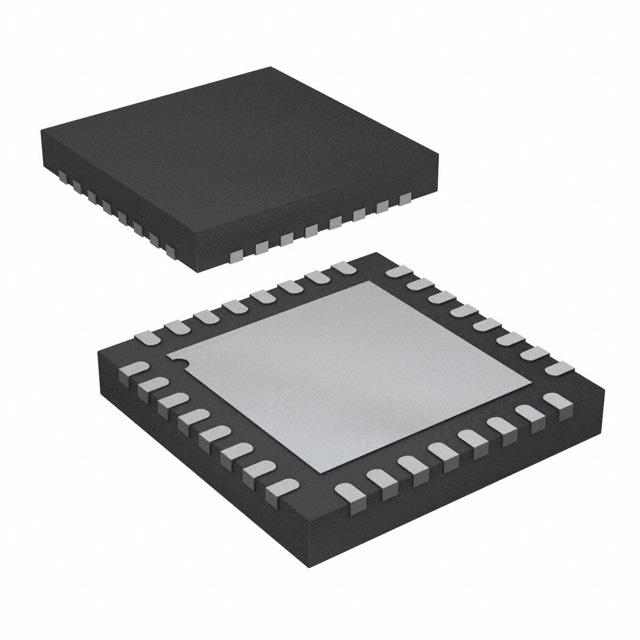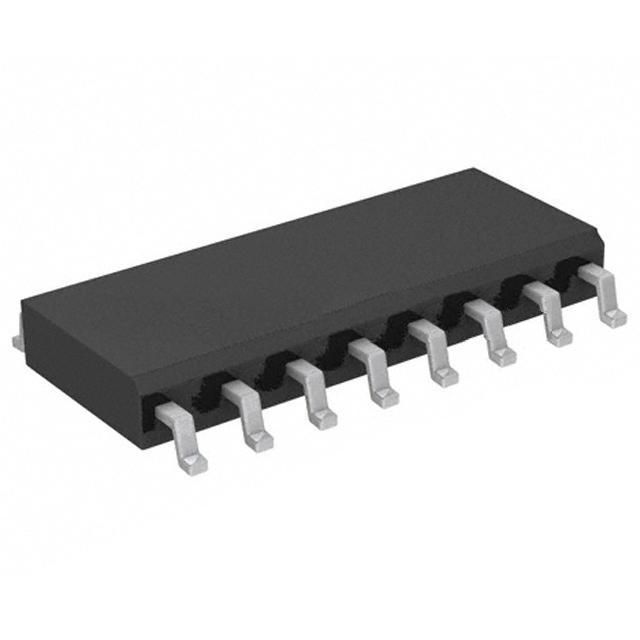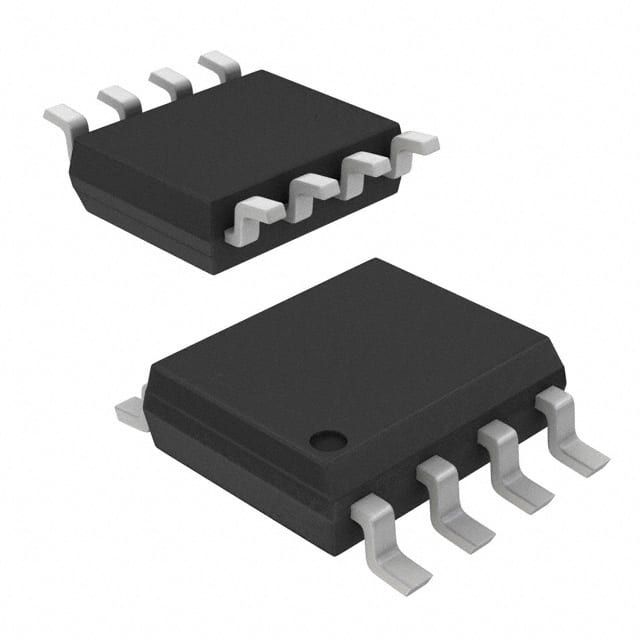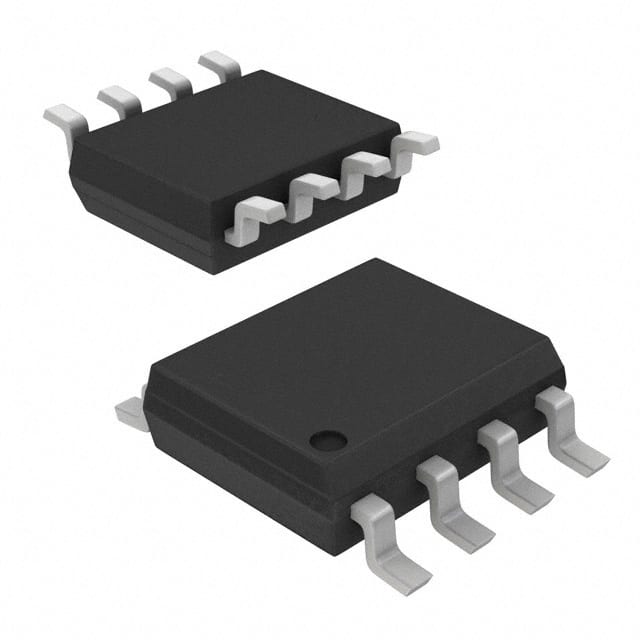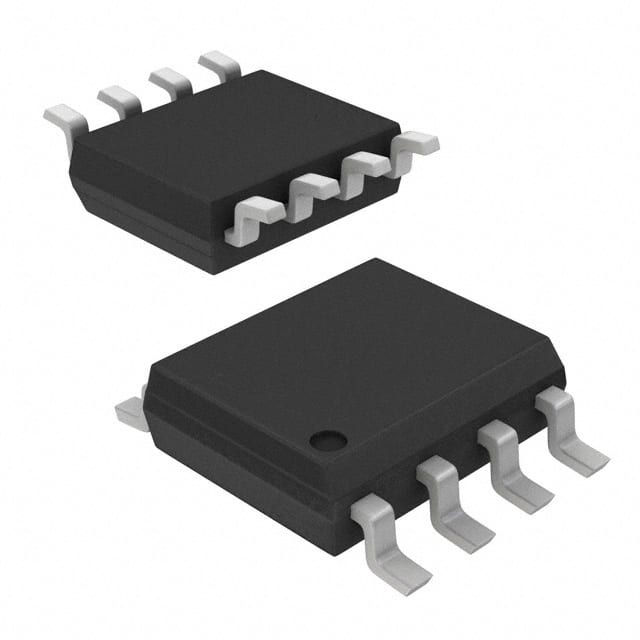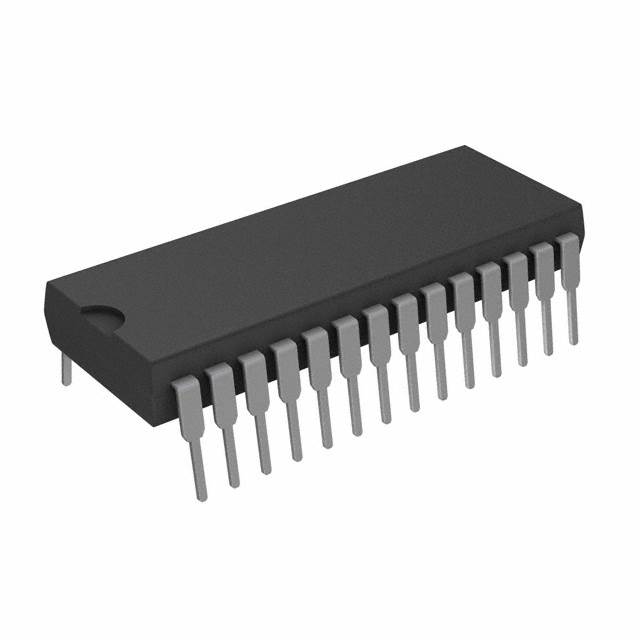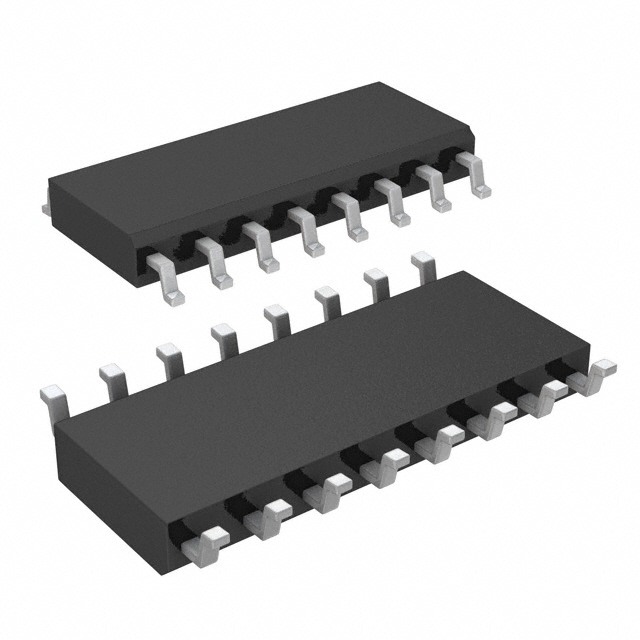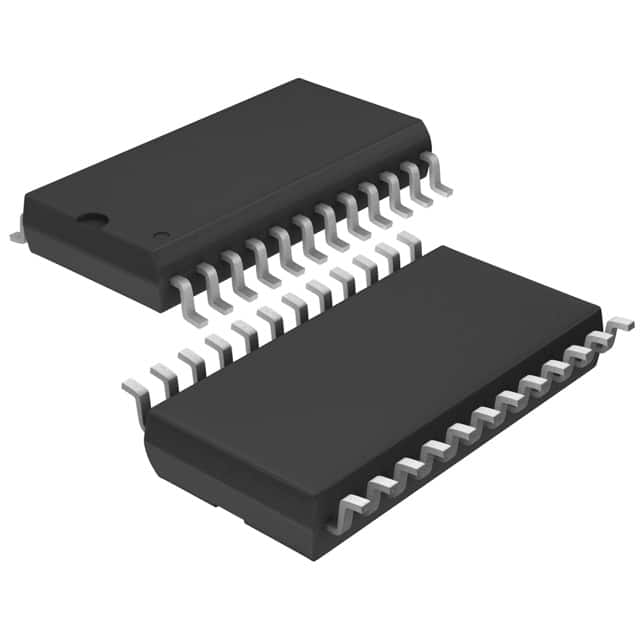ADM3311EACPZ-REEL Product Introduction:
Analog Devices Inc. Part Number ADM3311EACPZ-REEL(Interface - Drivers, Receivers, Transceivers), developed and manufactured by Analog Devices Inc., distributed globally by Jinftry. We distribute various electronic components from world-renowned brands and provide one-stop services, making us a trusted global electronic component distributor.
ADM3311EACPZ-REEL is one of the part numbers distributed by Jinftry, and you can learn about its specifications/configurations, package/case, Datasheet, and other information here. Electronic components are affected by supply and demand, and prices fluctuate frequently. If you have a demand, please do not hesitate to send us an RFQ or email us immediately sales@jinftry.com Please inquire about the real-time unit price, Data Code, Lead time, payment terms, and any other information you would like to know. We will do our best to provide you with a quotation and reply as soon as possible.
Introducing the Analog Devices Inc. ADM3311EACPZ-REEL, a cutting-edge analog switch designed to revolutionize the field of electronic devices. With its advanced features and versatile applications, this product is set to redefine the way we interact with technology.
The ADM3311EACPZ-REEL boasts a compact and efficient design, making it ideal for space-constrained applications. Its low power consumption ensures extended battery life, making it perfect for portable devices. With a wide operating voltage range of 1.6V to 5.5V, this analog switch is compatible with a variety of electronic systems.
One of the standout features of the ADM3311EACPZ-REEL is its high-speed switching capability. With a response time of less than 10ns, it enables seamless and uninterrupted signal transmission, ensuring optimal performance in time-sensitive applications.
This analog switch finds its application in a wide range of fields. From consumer electronics to industrial automation, the ADM3311EACPZ-REEL can be used in audio and video signal routing, battery-powered devices, and data acquisition systems. Its versatility also extends to medical devices, where it can be utilized in patient monitoring and diagnostic equipment.
In conclusion, the Analog Devices Inc. ADM3311EACPZ-REEL is a game-changer in the world of analog switches. With its compact design, low power consumption, high-speed switching, and versatile applications, this product is set to transform the way we interact with electronic devices.
Interface - Drivers, Receivers, Transceivers are all important components in integrated circuits (ics) to achieve signal transmission. The driver interface is responsible for converting internal logic signals into signals suitable for long-distance transmission or driving external loads, ensuring signal integrity and stability. It usually includes signal amplification, level switching, and necessary protection circuits to match the electrical requirements of different systems. The receiver interface, by contrast, receives an external signal, converts it to an internal logic level, and performs noise suppression and signal integrity checks to ensure that data is transmitted accurately to the internal circuit. The transceiver interface is a combination of driver and receiver, which can realize the transmission and reception of signals on the same device. It usually includes transmitting and receiving subsystems, transmitting part is responsible for signal generation, modulation and amplification, receiving part is responsible for signal reception, demodulation and processing.
Application
Interface - Drivers, Receivers, Transceivers are widely used in various high-speed communication and signal processing occasions. In network devices such as data centers, servers, and switches, they are key components to implement high-speed interface protocols such as high-speed Ethernet and Fibre Channel. In the field of consumer electronics, such as smartphones, tablets, HDTVS, etc., these interfaces support HDMI, USB, DisplayPort and other high-definition audio and video transmission standards, providing excellent audio and video experience. In addition, in industrial automation, automotive electronics, aerospace and other fields, these interfaces also play an important role in enabling reliable communication and precise control between devices. With the rapid development of the Internet of Things (IoT) and 5G communication technology, the application field of driver interface, receiver interface and transceiver interface will be further expanded, providing powerful communication support for more intelligent and interconnected devices and systems.
FAQ about Interface - Drivers, Receivers, Transceivers
-
1. What is an interface IC?
An interface IC is a chip with an internal interface circuit, which is mainly used for connection and data exchange between the CPU and external devices and memory. The interface IC coordinates the differences in speed, type, timing, etc. between the CPU and external devices through internally set registers, buffer logic, information format conversion and other functions to ensure accurate and efficient data transmission.
The main functions of the interface IC include:
Setting data storage and buffering logic: adapting to the speed difference between the CPU and external devices, and performing batch data transmission through registers or RAM chips.
Information format conversion: such as serial and parallel conversion, adapting to different data transmission requirements.
Coordinating timing differences: ensuring the synchronization of the CPU and external devices in timing.
Address decoding and selection: realizing the selection and control of peripherals.
Setting interrupt and DMA control logic: ensuring the correct processing and transmission of interrupt and DMA request signals.
Interface ICs are widely used in various electronic devices, such as smart homes, industrial automation, computer systems, etc. For example, Type-C interface chips are used to implement Type-C interface functions, supporting high-speed data transmission and power transmission; RS-485 interface chips are used in industrial automation and control systems, supporting multi-point differential signal transmission.
-
2. What is a sensor interface IC?
A sensor interface IC is an integrated circuit used to connect sensors and system processors to realize data conversion and transmission. It is mainly responsible for converting analog signals collected by sensors into digital signals, or performing signal conditioning, amplification, filtering and other processing so that the system can recognize and process them.
The main functions of the sensor interface IC include signal conversion, signal conditioning and data transmission. It can amplify and filter the weak signal output by the sensor to improve the quality and stability of the signal, and then convert the processed signal into a digital signal for the system to process. In addition, the interface IC can also realize multiplexing to improve the efficiency and flexibility of the system.
-
3. What are transceivers used for?
Transceivers are mainly used to convert digital signals into optical signals or electrical signals for data transmission in computer networks. The transceiver consists of two parts: a transmitter and a receiver. The transmitter converts the digital signal into an optical signal or an electrical signal and sends it to the network, while the receiver converts the received optical signal or electrical signal back into a digital signal for computer processing.
The working principle of the transceiver is based on photoelectric conversion and electro-optical conversion technology. At the transmitting end, the transceiver converts the digital signal into an optical signal or an electrical signal and transmits it to the remote device through modulation technology; at the receiving end, the transceiver converts the received optical signal or electrical signal back into a digital signal through demodulation technology for local device processing.
The application scenarios of transceivers are very wide, including local area networks, wide area networks, wireless networks, satellite communications, optical fiber communications, robots and IoT devices. They are widely used in computer networks, communication equipment, industrial automation and other fields to realize data transmission and communication between different devices.
 Lead free / RoHS Compliant
Lead free / RoHS Compliant



